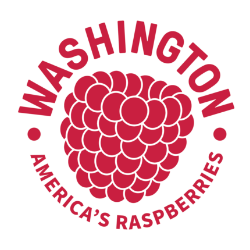
Industry
About the Washington Red Raspberry Commission
The Washington Red Raspberry Commission (WRRC) was formed in 1976 to support and promote the raspberry industry.
We are comprised of 9 grower board members who oversee programs that facilitate cultural and harvesting improvements and regulate unfair trade practices within the industry.
We establish promotion plans and conduct programs for advertising, sales, promotion and other programs for maintaining present markets and creating new or larger markets for raspberries. The Board also provides for research in the production and processing of raspberries.
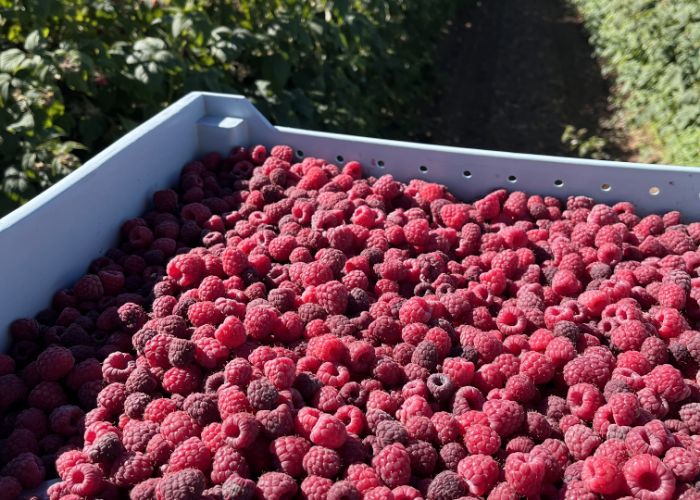
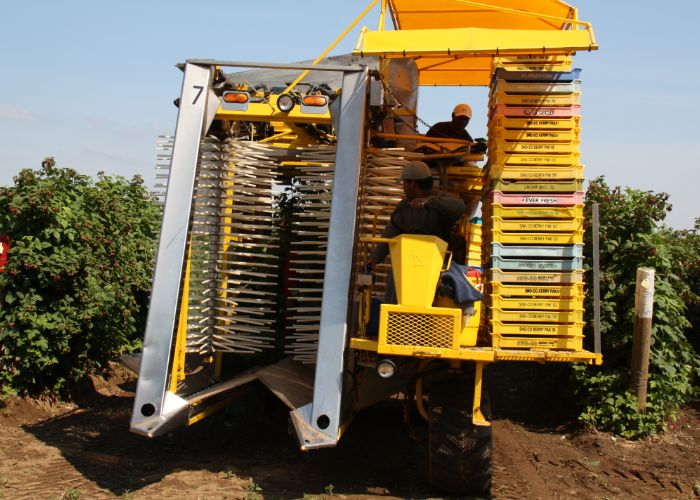
There are about 20 different suppliers of red raspberry products who make up the Washington Red Raspberry Commission.
Each company is committed to growing, harvesting and processing the highest quality berries in the world, and meeting the most stringent quality standards on the planet.
Our growers and processors are spread throughout southern Canada, the western part of Washington state and northern Oregon
10-Year Strategic Plan
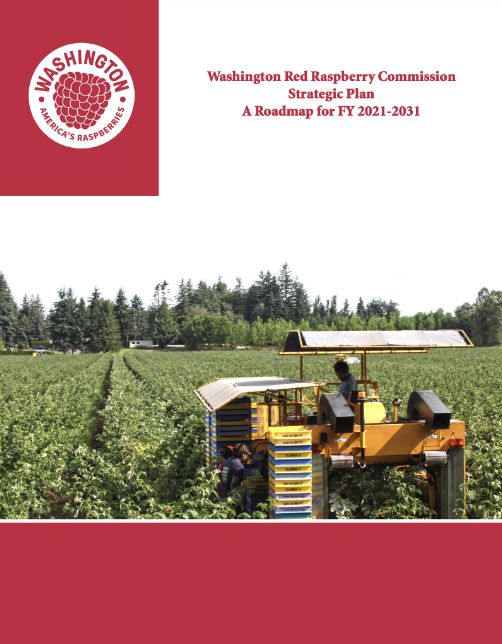
The purpose of this strategic plan is to establish clear goals, objectives and strategies to help the Washington Red Raspberry Commission achieve its mission and work toward its vision over the next 10 years. The Commission will formally evaluate its progress against this plan annually, and in 2026, the organization will conduct a landscape analysis to determine if a major planning process is needed again at that time.
Board of Directors 2023
Mark Van Mersbergen
1492 Pangborn Road
Lynden, WA 98264
360-410-9490
John Clark
455 Birch Bay Lynden Rd
Lynden, WA 98264
(360)815-7662
Arturo Flores
6187 Woodcock Rd
Sequim, WA 98382
(360) 808-0545
Dani Gelardi (WSDA representative)
2001 6th Ave, Suite 2600
Seattle, WA 98121
(360) 791-3903
Henry Bierlink, Executive Director
204 Hawley St.
Lynden, WA 98264
(360) 354-8767
Matt Maberry
697 Loomis Trail Rd
Lynden, WA
(360) 354-4504
Brad Rader
8629 Benson Rd
Lynden, WA 98264
(360) 354-6576
Andy Enfield
1064 Birch Bay Lynden Rd
Lynden, WA 98264
(360) 410-2639
Brett Pehl (Advisory Member)
CHS, Inc.
Joan Yoder (Advisory Member)
(360) 393-9715
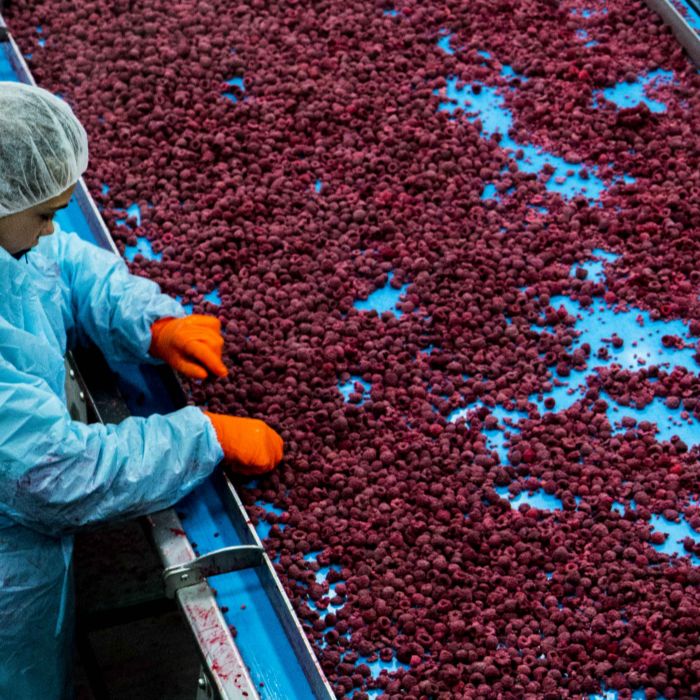
News
The latest news, upcoming events and information from the WRRC.

Research
Current research priorities, RFPs and past research updates.
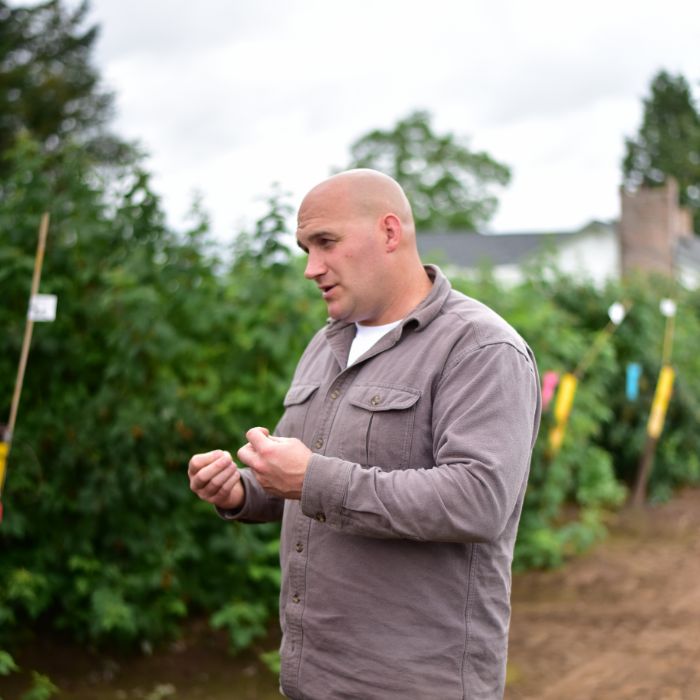
Resources
Overview of raspberry cultivars, raspberry industry statistics and helpful links.
